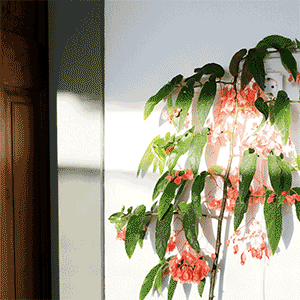motionsync
Aktiv medlem
I do occasionally shoot in high isos and my d70s have lot off noice.
Is there any way to just dont remove the noice (becauce offen we remove details) but to simulate a analog film grain as a Tri-X pushed Tri-Xt, Delta 3200 or Fuji Superia X-tra?
Lambis
Is there any way to just dont remove the noice (becauce offen we remove details) but to simulate a analog film grain as a Tri-X pushed Tri-Xt, Delta 3200 or Fuji Superia X-tra?
Lambis






